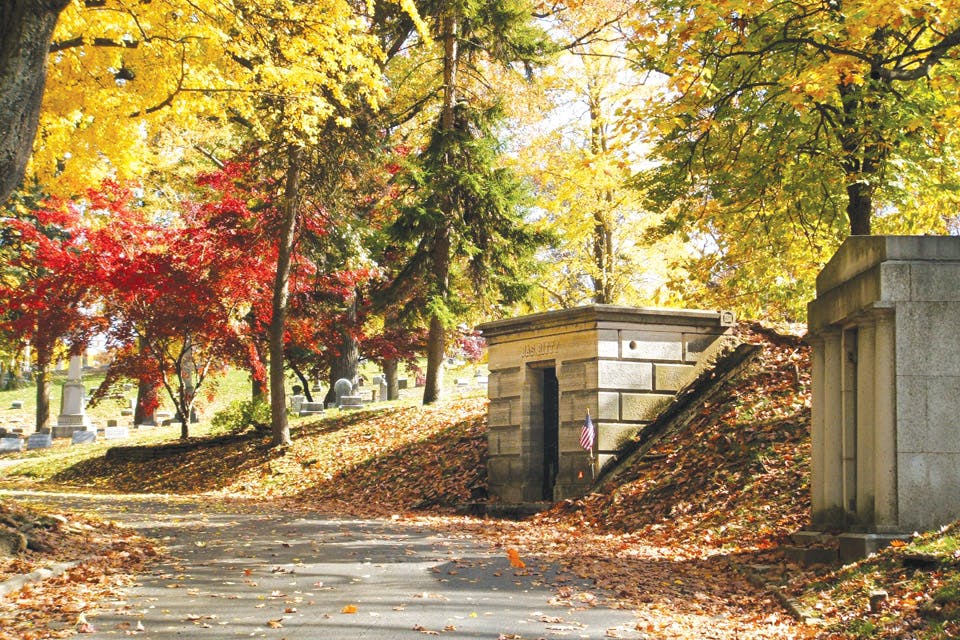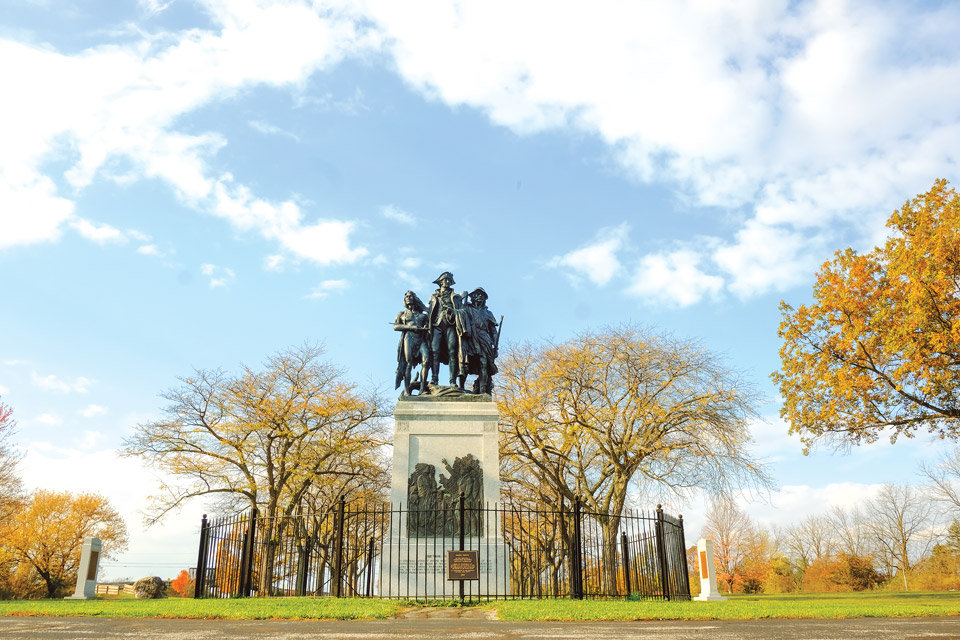Travel
Fall Getaways in Ohio: Afternoon
If you have only have a few hours to spare, these attractions provide a great afternoon getaway.
Related Articles

13 Ways to Enjoy Fall in Grove City, Ohio
From a pizza trek and wing festival to an expansive paintball park and historic gardens, this Columbus suburb offers a variety of adventures. READ MORE >>

Take a Fall Color Tour of Ohio
Autumn is the most beautiful time of year here, so we asked photographers across the state to share a favorite image of the season and the story behind it. READ MORE >>

10 Ohio Road Trips to Take This Year
From our state’s only national park to museums dedicated to legendary women to incredible roadside art, these treks offer plenty of ways to make new memories. READ MORE >>





